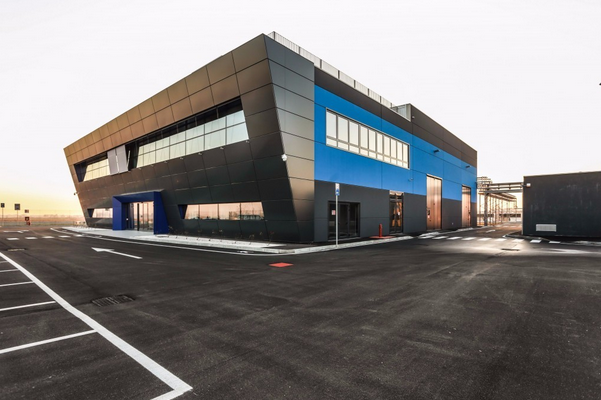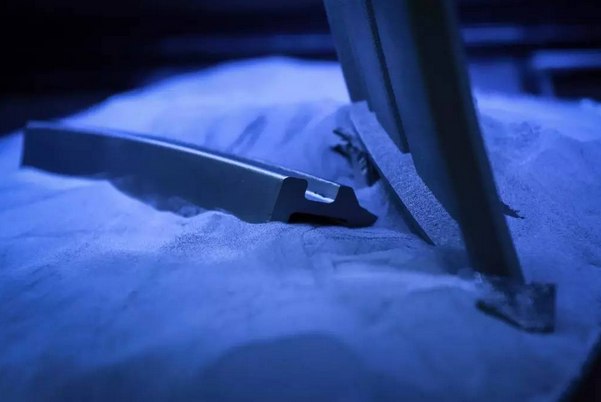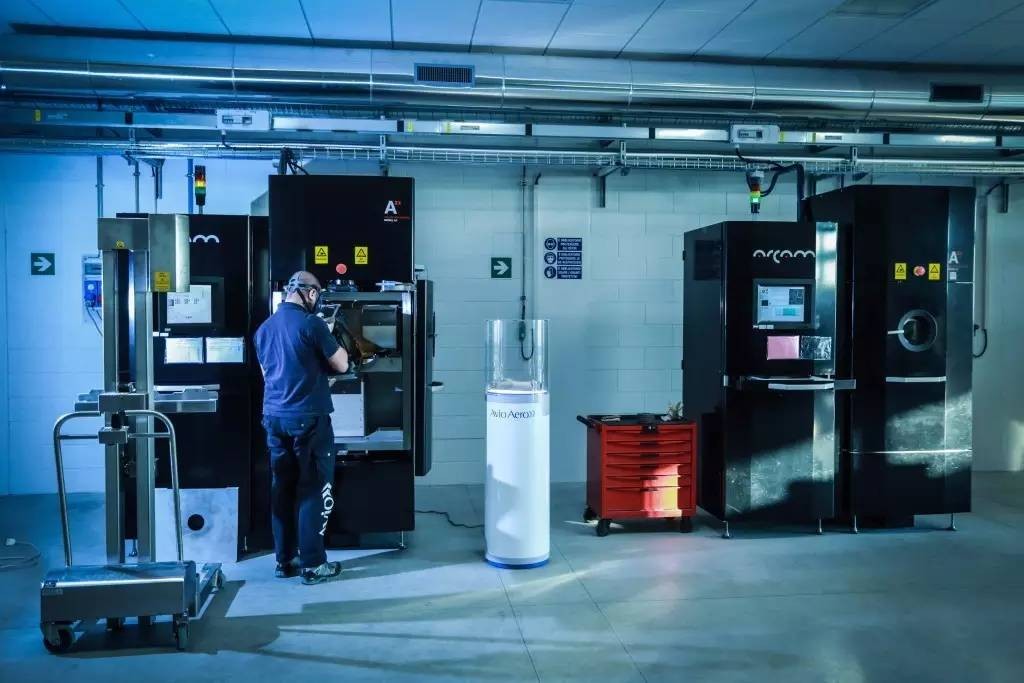Cameri-Camerri, Italy, is located on the flat and fertile plains between Milan and Turin. Like most Italian towns, the splendid church and bell tower stand in the city centre. However, under the beautiful and serene appearance of Cameri, there is hidden darkness in 3D printing and digital technology, all of which will change the face of the Italian aircraft engine manufacturing industry.
About 35% of the engine will be printed
GE completed the acquisition of aerospace business service provider Avio in August 2013, which is Italy's leading supplier of civil and military aerospace components and systems. The purchase price is $4.3 billion, excluding Avio's space business unit. Avio's aviation business was later renamed Avio Aero and became a member of the GE Aviation Business System.
The acquisition enhances GE's strength in mechanical transmission systems, low pressure turbines, combustion technology and automation systems. Avio Aero is a leader in the manufacture of aerospace components through EMB and powder bed metal 3D printing technology, especially in 3D printing turbine blades. In December 2015, Avio Aero purchased 10 Arcam EBM 3D printing devices at one time. For the production of turbine blades. In addition, Avio Aero has developed powder materials suitable for additive manufacturing.

The GE Group's printable materials range from simple plastics to complex advanced superalloys. For example, the direct metal laser melting (DMLM) technology from the Auburn plant is used to make jet fuel nozzles. Each layer of metal powder has a thickness between 20 and 80 microns, which is thinner than a human hair, while a 1 inch thick material may be divided into up to 1250 layers for printing. Jet engines with fuel nozzles made in this process have been transporting passengers to and from Europe and Asia.
The Cameri factory is special and uses 20 Arcam equipment. The aluminum-titanium (TiAl) alloy is melted by an electron beam, which is fifty percent lighter than the nickel-based alloy. In addition, the factory also tried to print the blades of the GE9X engine low-pressure turbojet.

The Arcam machine uses an electron gun to accelerate the beam until it is several times stronger than the laser currently used to print metal parts. Therefore, the Cameri factory can print four times the thickness of the laser technology, printing speed is so fast, in the manufacture of titanium alloy products, almost can compete with traditional casting.
David Joyce, President and CEO of GE Airlines, believes that the Cameri factory has helped GE understand the possibilities of additive manufacturing. On the same machine, the working group can change the shape of the blade parts and print different blades at the same time. Great freedom of manufacture.

But 3D printing is only the first step in the additive manufacturing process. Once the turbine blades are printed in Cameri, the blades will go south to Pomiliano Alco to an industry in Naples, located at the foot of Mount Vesuvius. Area.
Today, it is also one of General Aviation’s Centers of Excellence. Here, engineers are testing the best and fastest way to complete 3D printed parts. Blades, including those made by Cameri, will be installed into the advanced turboprop engine parts (ATP-advanced turboprop engine). Additive manufacturing allows designers to integrate approximately 800 parts into more than a dozen components. In general, about 35% of the engines will be printed.

Reduced complexity will help reduce engine fuel burn by up to 20 percent and reduce aircraft weight while achieving approximately 10 percent power boost and help speed production.
Cameri is not only developing a new generation of additive manufacturing technology applications, but also cultivating the next generation of scientists. The Politecnico di Torino is located in the heart of northern Italy and has delivered a large number of talents to the factory. The university not only helps the Cameron factory master the electron beam technology, it will also open a new research laboratory at the Turin campus, focusing on additive manufacturing and testing of new materials.
In addition to the Cameri factory, GE's additive manufacturing map in Italy is breathtaking. In 2013, GE's oil and gas division opened an additive manufacturing laboratory in Florence, Italy, where powder bed metal 3D printing and equipment were installed in the laboratory for the manufacture of turbine parts and advanced alloy parts. In May 2016, GE also opened an additive manufacturing line at its oil and gas plant in Talamona, Italy. The main task of the line is to manufacture gas turbine combustors through laser-based additive manufacturing techniques.
(Editor)
Joystar Electrical Appliances Manufacturing Co.,Ltd , https://www.cnjoystar.com